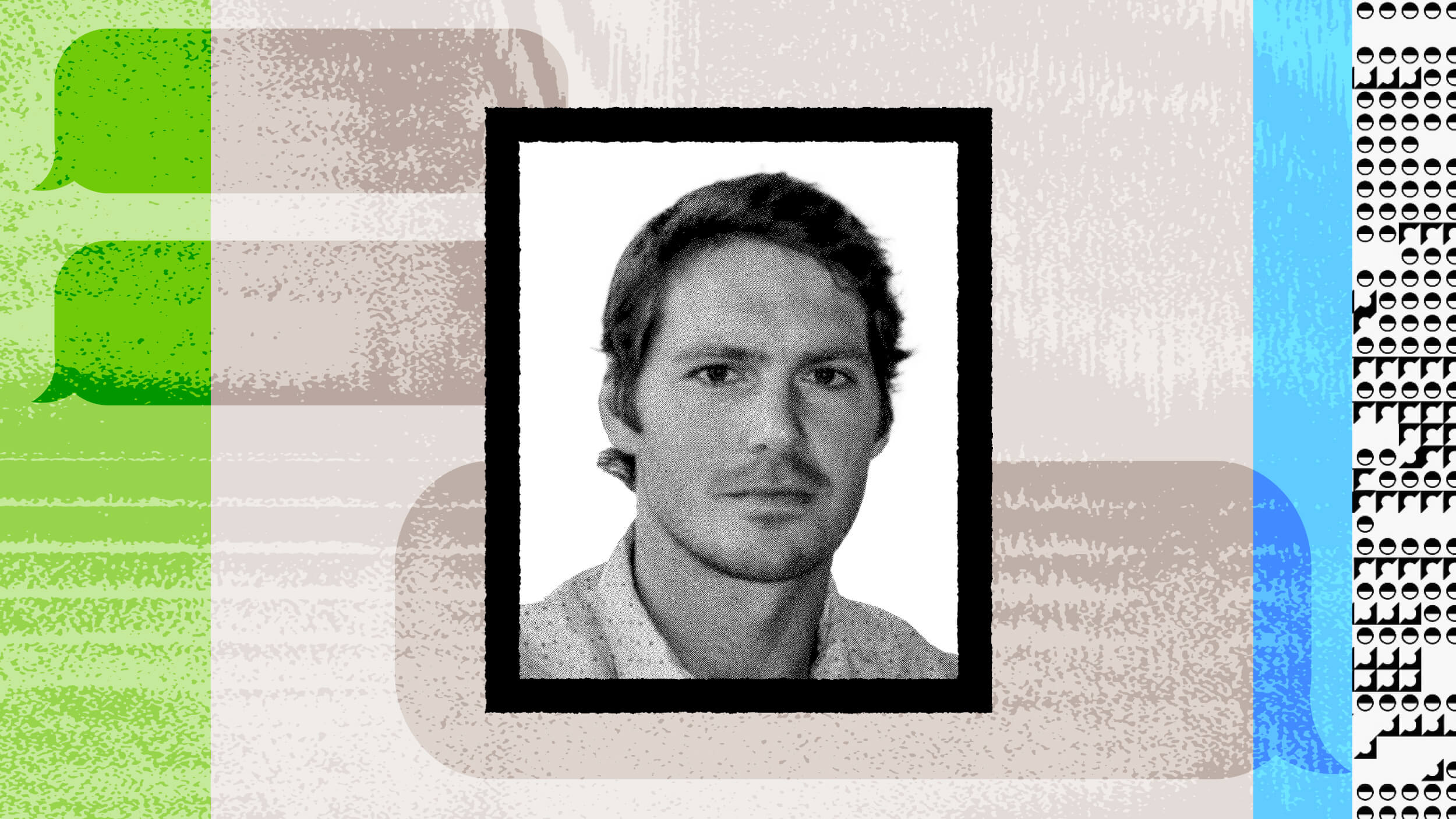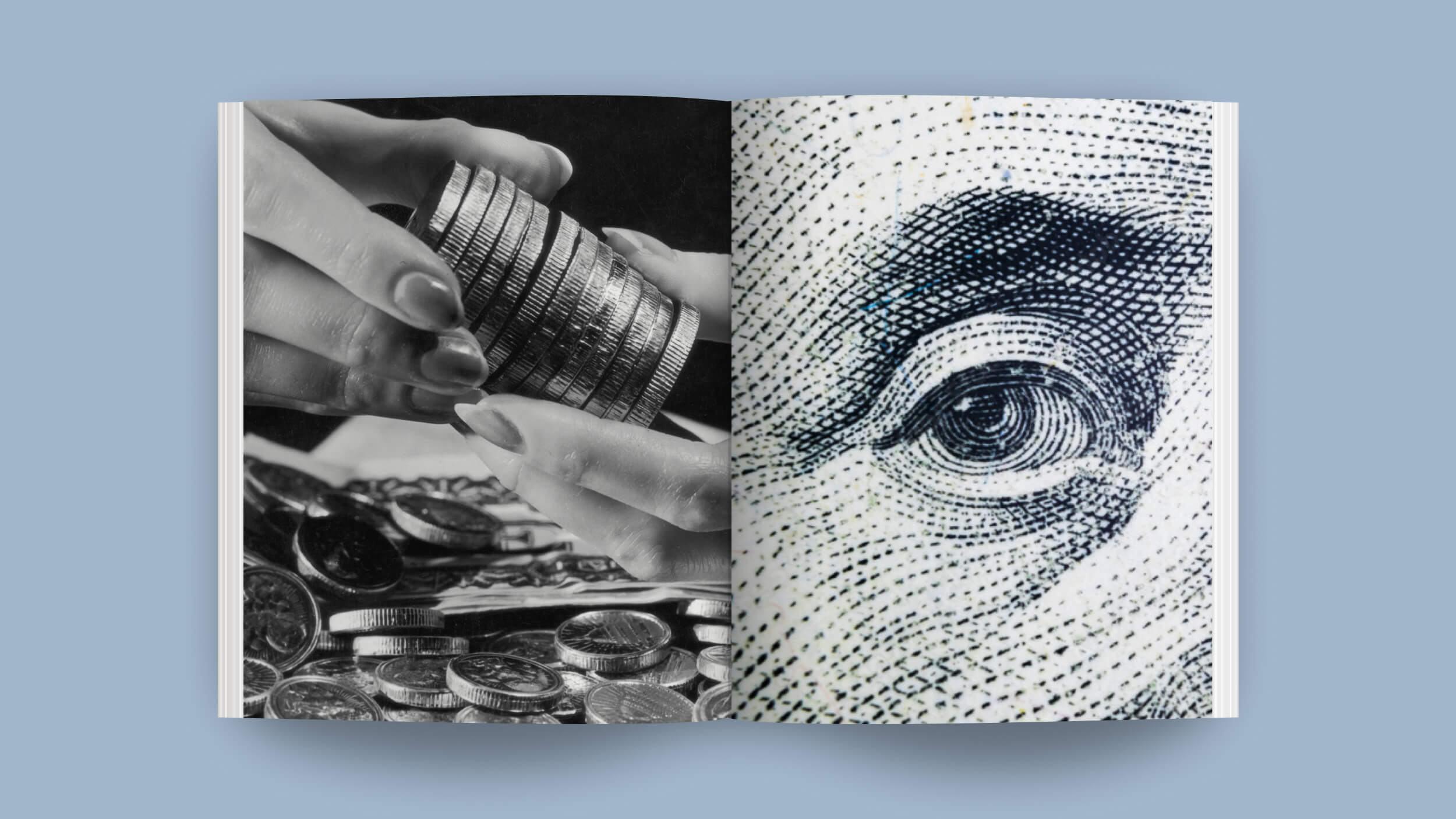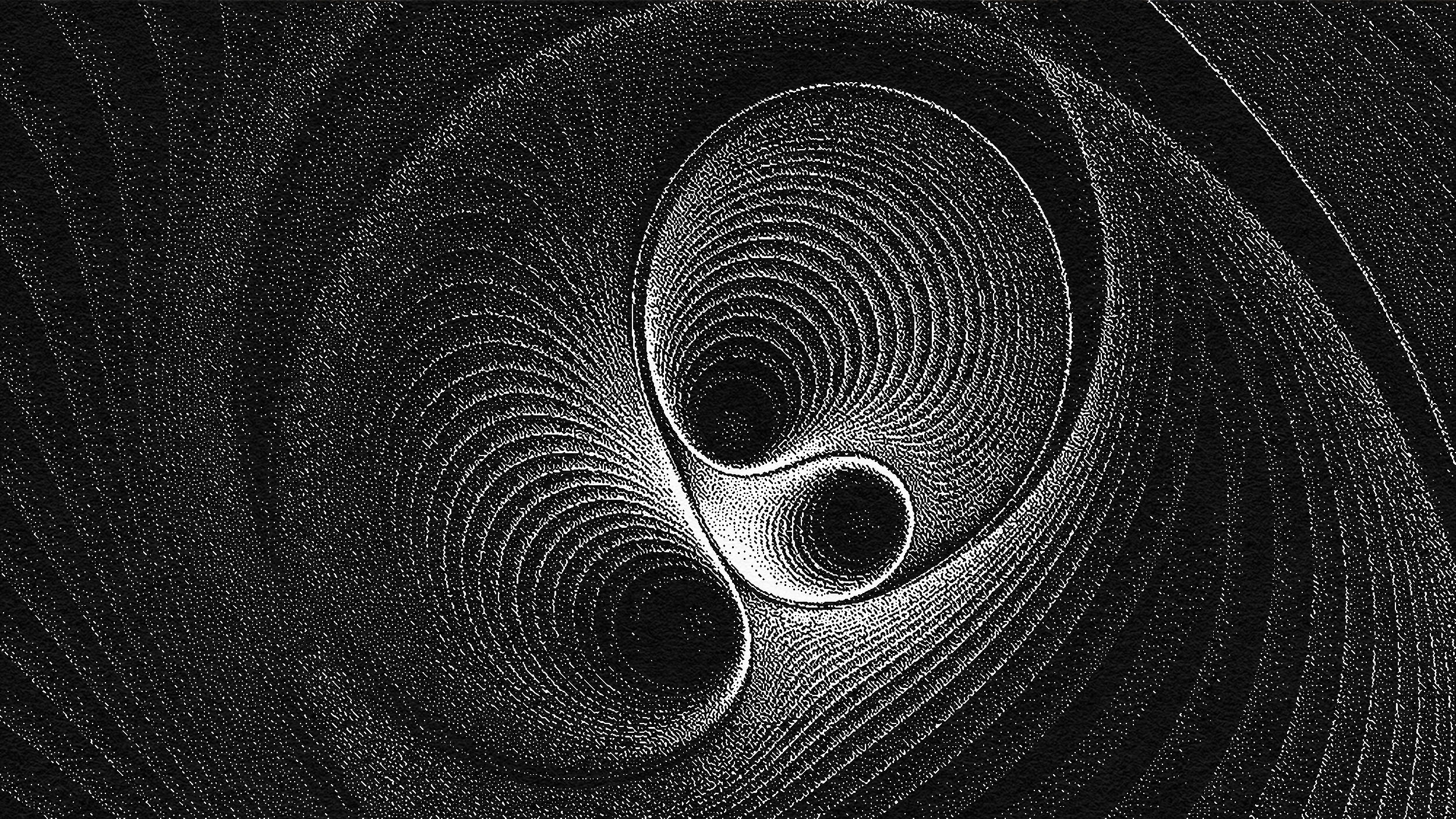More than anything, it’s a genre that relies on its readers.
Question: For someone who might not be familiar with the genre, what is the best way to read a poem?
Edward Hirsch: Double Take Magazine once printed a little pamphlet in which I listed ten different things that you should do. I can’t remember all of them, but the first one was turn off the television set. I don’t think you can read poetry while you're watching television very well.
The idea of how to read a poem is based on the idea that poetry needs you as a reader. That the experience of poetry, the meaning in poetry is a kind of circuit that takes place between a poet, a poem and a reader and that meaning doesn’t exist or in here in poems alone. That readers bring their own experiences, their own range of - their own wisdom, their own knowledge, their own insights to poem and the meaning of a poem takes place in the negotiation between the poet, the poem and the reader. And that as a reader you have a task to do, you have something to do. You bring your experience to it. It’s not all inherit in the poem.
The great post-Holocaust poet, Paul Celan, said that a poem is a message in a bottle sent out in the not always greatly hopeful belief that somewhere and some time it would wash up on land on heartland perhaps. The idea of a poem as a message in a bottle means that it’s sent out towards some future reader and the reader who opens that bottle becomes the addressee of the literary text. Celan was picking up something that the Russian poet Osip Mandelstam had written in 1916 called On the Addressee. And Mandelstam says a poet - you go down to the shore and you see an unlikely looking from a bottle from the past, you open it. Mandelstam says, “It’s okay to do so. I’m not reading someone else’s mail. It was addressed to whoever found it. I found it, therefore it’s addressed to me.” And that when you find it you become the secret addressee of a literary text and I felt that their reader had been left out of this experience of reading poetry or what the experience of poetry was.
And so, my focus is on the reader and that the poet’s job is not to inspire himself or herself. The poet’s job is to inspire some future reader. And so, as a reader you have a task to do in finding those bottles and opening up the messages and experiencing what's in them inside of yourself.
Question: How do you create that connection with your reader?
Edward Hirsch: I think that’s a connection that you can only hope for. It’s not something that you can make because it needs someone else. I find in Walt Whitman and in American tradition a certain kind of, I would say, desperate American friendliness in which the poet tries to reach out through the page to make a connection by the side of the road with some other person. But, ultimately that’s a longing, not a completion, that has to be made by other readers. You can seek clarity, you can seek warmth, you can try to make something for lasting. You can pack something in salt so that it’s well made and you can hope that it outlasts time. But, ultimately that’s not up to you. Ultimately you’re trying to reach across and find some other person, some other human warmth. But it is, especially in written poetry, it is inscribed in a text and the text can’t do that work by itself and you as a poet can only do your best.
Recorded on February 4, 2010





